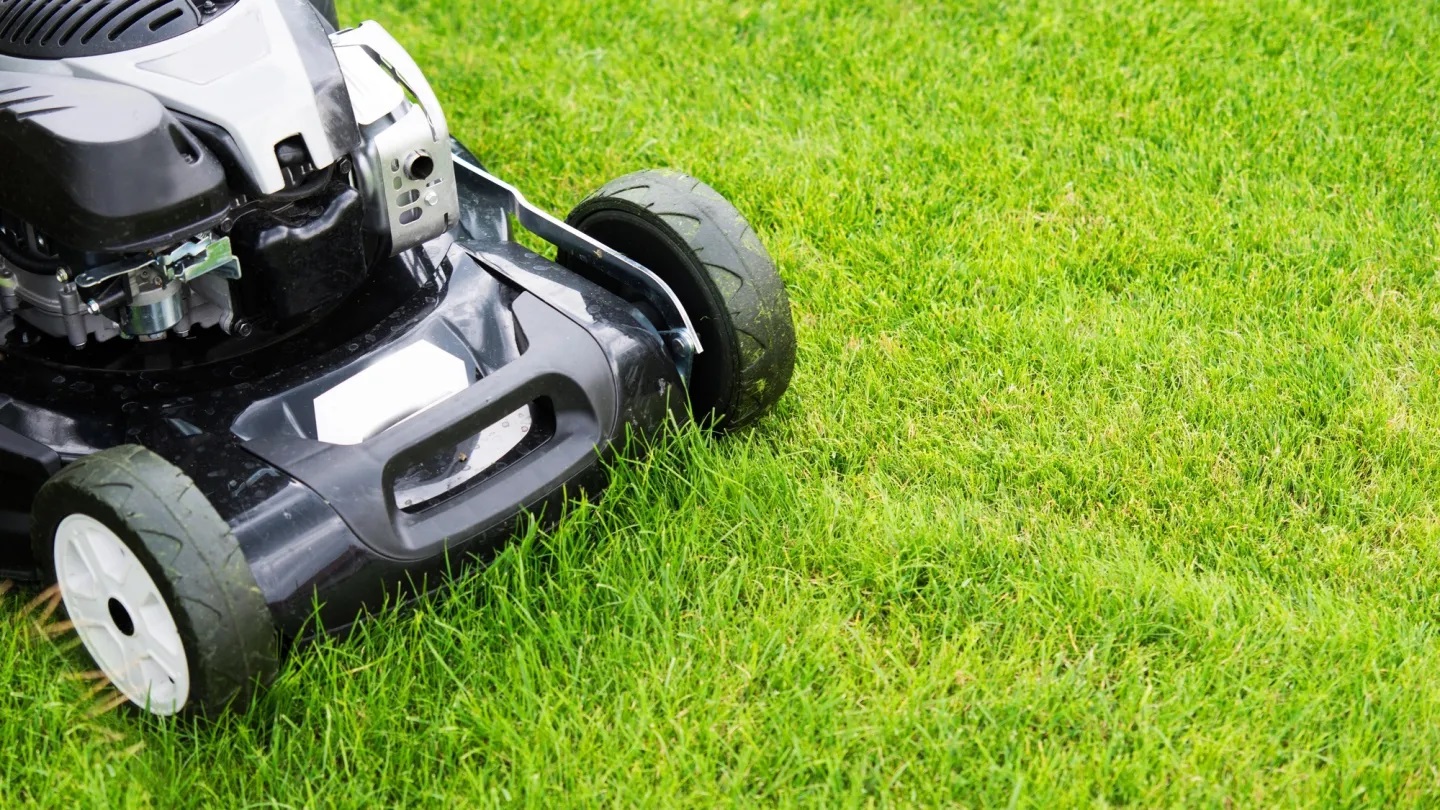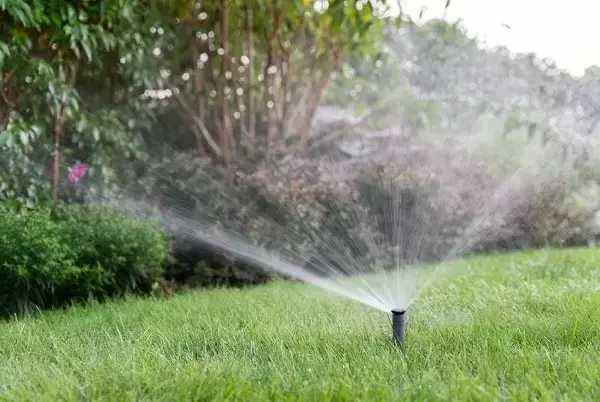Why Is My Grass Turning White?
Last Updated on August 6, 2024 by Duncan
You wake up one morning, and on looking at your lawn, it has white patches. That’s not right! You think to yourself. After all, the grass is supposed to be green, so if it’s white, there is definitely something wrong, right?
Why is my grass turning white? You wonder.
Well, there are plenty of reasons why your grass can turn white. Some of the common reasons being:
You applied Mesotrione
Some homeowners use Mesotrione to control weeds on their lawns, applying it on already growing grass. Others plant seeds using a starter fertilizer containing Mesotrione to control the weed seedlings as they emerge from the soil.
It’s common for the weed seedlings and sometimes the grass to appear bleached for at least 7-21 days after application. So, if you recently applied a herbicide on your lawn or you applied a starter fertilizer with Mesotrione, this might be the reason the grass is turning white.
You shouldn’t worry much as grass often recovers from the Mesotrione shock, and you have your dream lawn. All you have to do is water the lawn and gently nudge the grass with nitrogen to speed up the recovery.
To reduce the chances of the grass turning white in the future, be cautious of the amount of Mesotrione you apply to your grass. As a rule of thumb, carefully follow the instructions given in the manual.
Your grass is suffering from powdery mildew.
Is the white grass in the shaded areas of the lawn? Chances are it’s suffering from powdery mildew. Also known as white grass, powdery mildew is a fungal condition brought about by the fungus Blumeria graminis.
Although the fungus won’t cause permanent damage to your grass, it will bleach the grass and rob your lawn of the attractive green luster you have been working hard for.
Powdery mildew often appears in the spring then continues wrecking havoc throughout summer.
The fungus thrives in cool, cloudy conditions and loves high humidity areas.
The severity of the outbreak depends on the weather conditions, and if the conditions favor the fungus, it will thrive, but if they don’t favor it, it will die out, and your lawn will go back to normal.
While the condition can go away on its own when the weather conditions aren’t right, it’s a gamble, so you should arm yourself and go to war and try to get rid of it. The beauty of it is there are plenty of ways you can get rid of it. Some of these ways include:
If the whitening is happening on the shaded areas, re-seed the lawn with shade-tolerant grass species such as improved fine fescues, Kentucky bluegrasses, fine-textured perennial ryegrass, bermudagrass and turf-type tall fescues.
If you aren’t sure about the right grass type to go for, get the input of the county or university lawn extension services provider.
Does your lawn have areas that are too shaded for any grass to grow? Go for shade-tolerant ground covers such as Hostas.
Powdery mildew loves poorly ventilated areas, so increase air circulation on your lawn by pruning the shrubs and the trees near the whitening grass.
You also should reduce nitrogen fertilizer application. This is because grass growing in shaded areas doesn’t use as much nitrogen as grass growing in the sun, so when you continually add more fertilizer to the grass, you damage it.
Nitrogen fertilizer has also been found to promote powdery mildew activity.
You can also control the fungus by mowing your lawn correctly. Cutting too low can stress the grass, and at the same time, mowing too high can give the fungi the humidity and lack of aeration that it thrives on.
The right way to go about it is to mow your lawn one-third of its leaf length.
You have baby powder on your lawn.
Before you start thinking that this is an absurd reason why your grass is turning white, you should know that there are plenty of ways baby powder can find its way into your grass.
Do you have little humans in your home? If you have them, the lady of the house might be changing their nappies on the lawn, and some of the powder sprinkle on the grass hence the white color.
Baby powder is known to keep off ants, so a member of your home might use it to keep away the picnic killers.
If you have a dog in the house, someone in your family might brush down the furry friend with baby powder to keep him smelling baby fresh. In the process, they might leave some baby powder on your grass.
Before you get your heart racing that your lawn is damaged, get closer to the grass and touch it. Is it baby powder that is making your grass white? Simply clean it with water, and your grass gets back its luster.
White paint spilt on your grass.
We all have some paint in the garage to touch the worn-out areas of the house. If you have kids, they might find this paint and play with it on your lawn, and as you can guess, this will leave stains on the grass.
If you are renovating your house, the contractors or any other person can accidentally move the paint and tip it over your lawn.
Like with the powder, you should get closer to the white grass and touch it. If the color is from the paint, you should find out the nature of the paint spilt on the grass.
If the paint is water-based, you are lucky as it’s easy to remove the stain.
Begin with flooding the spillage area with water to dilute the paint. As you pour the water, take care that the water isn’t running into the borders or nearby ponds.
If the spilt paint is oil-based, you will need to put in more work and even use mineral spirits, paint thinner or solvent to get rid of the paint. Remember, these chemicals can be harmful to your grass, so before using them, do your research and find out whether they will affect your grass.
You will even be better off getting the input of a professional before you get the grass cleaning products.
So, why is my grass turning white?
Two of the most common reasons your grass will turn white is Mesotrione and powdery white. We have covered what you need to do when you are facing any problems. Carefully follow the given tips, and you will have the grass of your dreams.


